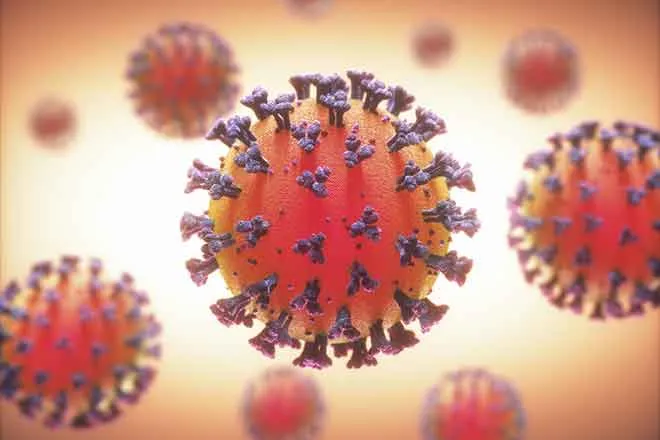
Important Facts about Rabies
By Dr. Janell Maier, Southeast Regional Epidemiologist
Rabies is a viral disease that affects the central nervous system, the brain and spinal cord, causing swelling of the brain and death. This virus is spread to people from the saliva of infected animals. The primary route of transmission for rabies is through the bite of an infected animal, but it is also possible, but very rare, that the virus can be spread when saliva enters an open wound or the mucous membranes of the eyes, nose, or mouth. There is no treatment for rabies, but if you are bitten or otherwise exposed to a rabid animal you can be vaccinated against rabies, this is called post-exposure prophylaxis.
All species of mammals are susceptible to rabies virus infection, but only a few species are important as reservoirs for the disease. In the United States, 92% of infections are found in wildlife such as raccoons, skunks, bats, and foxes. The other 8% of rabies infections are in domestic animals such as cats, dogs, and cattle.
Animals that have rabies will have strange behaviors, although you cannot tell an animal has rabies just by looking at it. Rabid wildlife may come out in the daytime when they normally only come out at night, or have trouble walking, flying, eating, and drinking. They may also approach or attack people, pets, or livestock instead of avoiding them. This is why it is important both for you and your children not to play with unknown domestic, stray or wild animals.
One of the most important steps you can take is to make sure that all of your animals are vaccinated against rabies. According to the Colorado Department of Public Health, "As of June 10, 2016, 32 animals have tested positive for rabies in Colorado. Of these, 27 rabid animals were known or strongly suspected of exposing 35 domestic pets, 114 livestock animals, and 11 humans." Three animals have tested positive for rabies in Baca County since May, a skunk, a raccoon, and a cat. There has also been three human exposures requiring post exposure prophylaxis, which is quite expensive. I cannot stress enough how important it is to vaccinate all cats, dogs. and barn animals against rabies. Rabies vaccines can prevent dogs and cats from getting rabies from wildlife. Horses, cattle, and other livestock should also be vaccinated, especially since it is hard to know if pastured animals have been exposed to rabid animals. Rabies vaccines should be administered by a veterinarian.
If you are bitten by an animal, you should immediately wash the wound with soap and water for at least 15 minutes. If the animal is rabid this will help wash out some of the virus. Also make a note of what animal bit you, if it was acting strangely, and where the animal went. Then contact your healthcare provider, your local health department, and animal control. If the animal that bit you is wildlife it can be captured and tested for rabies. If the animal is a domestic animal or livestock it can be quarantined and watched to see if it becomes ill
from rabies. Most domestic animals are quarantined for 10 days and if no symptoms arepresent they are released back to their owners.
Many people are bitten by animals each year, and very few of those animals are rabid. Rabies is a very serious, fatal disease and it is important to consult with your local health department to see if they recommend rabies post-exposure prophylaxis. If you have any further questions about rabies, please contact Prowers County Public Health and Environment at 719-336-8721.















